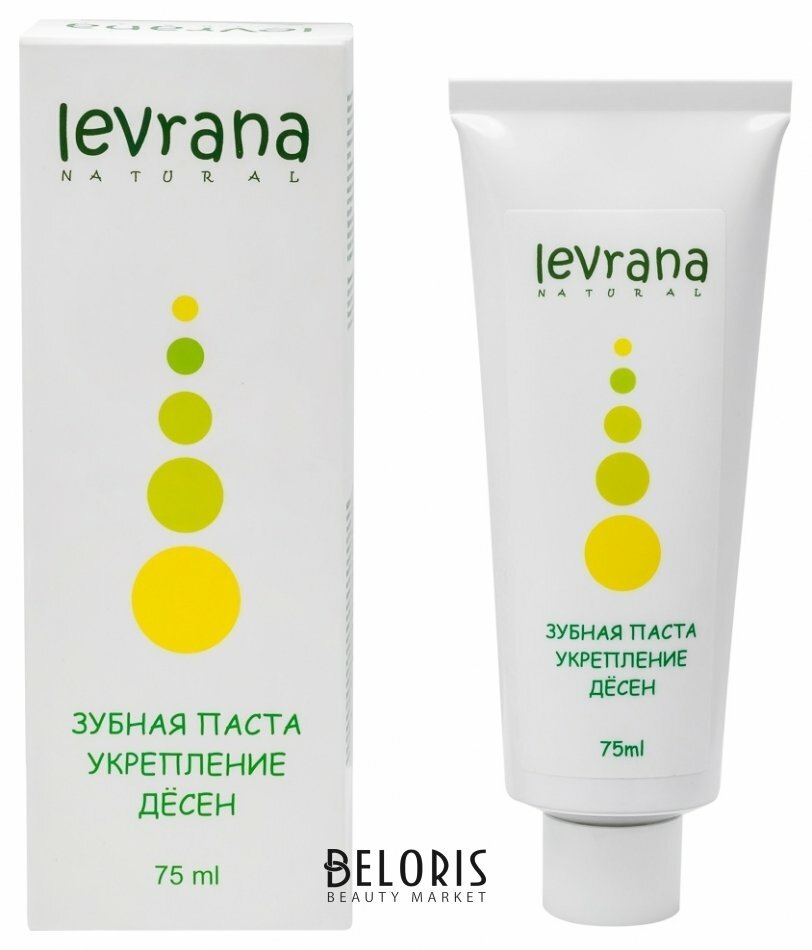The appearance and strength properties of ceramic products are formed under high temperature. For this purpose use ceramics kiln. Devices different structure termoistochnikom, limit temperature and other parameters. Wizards can either purchase industrial equipment, and make your own oven.

Related article - kinds and types of furnaces.
Classification furnaces for ceramics
Device for thermal treatment of ceramics are classified according to a number of attributes. Due to the variability of potters ovens have the opportunity to select the unit, based on their needs and capabilities.
Types of arrangement of the heating elements
Muffle furnace are also chamber. In the first case the heating elements are arranged around the chamber of the flameproof material (muffle). The chamber types of heating sources are inside the tank.

Heat losses chamber furnaces lower because heat is not dissipated refractory. But in some cases, to achieve a high quality product in a muffle mediator needs.
Apparatuses in which between the ceramics and termoistochnikom only space chamber, characterized by higher temperature. Most units of this type are a professional - with more features.
See also - device and operating principle BF.
By Download Type
Stoves come in from the front and top loading. In general, there is a division of the devices:
- horizontal; articles are loaded into the front chamber;
- tubular; These are also called circular termoustroystva - vertical load they are designed for the firing of artistic ceramics; heat is distributed more evenly than in the other types;
- bell; loading as above, but this is based on the overall elements.

By type of chamber environment
Depending on the purpose, it is necessary to choose the equipment with a particular type of filling the chamber space. industrial apparatuses divided into unit:
- Air environment - general purpose;
- filled vacuum;
- with a protective gas environment; heating is carried out in a special atmosphere, which form various gaseous - nitrogen, hydrogen, helium, argon, nitriding gas and so on..
According to the maximum possible and permissible temperature
Temperature depends on the design and purpose of the furnace. In the hottest furnace temperature reaches 1400-1800 ° C. The result will be ceramics with shades from white to orange. In less hot equipment can be obtained pottery color from dark red to burgundy. In low-power devices, which are characterized by heating at least 500 degrees, the output elements of red tones.
In most ceramics is heated to 950-1450 degrees. Limit termopokazateli and duration of firing are determined by the type and purpose of the composition of the initial mass.
power
It depends on the capacity of the power consumption. This figure is also associated with the volume of the furnace interior space. For small devices, whose chamber volume of no more than 50 l, the mean flow is considered to 100 W / liter. For more dimensional devices ratio of the change in the consumer's favor. Here it is necessary to rely on energy costs in the amount of 50-70 W / L.
According to the type of energy source
There are some options:
- Gas furnace;
- electrical equipment;
- units running on solid fuel.
industrial design equipment is only the first two types. Solid fuel furnaces are made with their own hands, or bought from the experts. Consider the types of differing energy source in detail.
gas equipment
Gas furnace for firing ceramics is good for the regular production of small series of products from clay. The limiting temperature range - 1100-1300 degrees. Able to operate on natural gas and propane.

There are front and vertical configuration. The burner may be located both inside and outside. In the first case the electric ignition takes place, and when the outer member is performed near the camera, and the heat "purged" through spetsotverstie. One freestanding burner is sufficient for maintenance of several furnaces.
Basic configuration includes the following elements:
- Gas pipelines (supplying / discharge);
- burner;
- coolant system of duplication of work.
Among the advantages of this type of device:
- relatively low cost;
- low operating costs;
- uniform heat distribution;
- high heating rate (at an internal burner heating occurs faster);
- the possibility of complete automation;
- security.
electrics
The devices can have different configurations, but usually under electric furnaces understand chamber units with front loading.

Averaged characteristics of the equipment:
- metal base;
- lining (protective inner lining) of fire resistant bricks and fiber-like materials;
- pallets for loading also made of fire-resistant materials;
- spiral heaters located within the chamber (in slots);
- design involves automatic disconnection of electric heating elements when opening the chamber door;
- temperature limit - 1200-1400 degrees; high enough for most types of ceramics;
- high speed heat; parameter is reached due to good termoakkumulyatsii lining;
- the relatively small size; Such devices can be placed even in a small workshop.
Minus electric - the need to pay a lot of bills.
solid fuel furnaces
Unlike the previous two, for this variation is typical handicraft production. A wood-burning kiln clay - the progenitor of modern devices. Even now, when there is no shortage of advanced models, many potters do not abandon traditional designs. For professional work with fire - not just crafts, but also a lot of fun.

Typically, such equipment is made of brick. Sometimes the role played by the kiln iron barrel. Brick option is preferable for many reasons, including the high capacity, safety, reliability, long life.
In any case necessary foundation for a wood stove. Basis do not earlier than the day after the device well and carefully tamping the bottom.
Brick ovens usually do double row. The outer row of bricks contributes to a more comfortable work - do not get burned on it. As chimney - pipe. The wider and more recent, the more effective removal processing and firing safer.
Pottery wood-burning stove does not differ high efficiency. Therefore, those who seek not only to observe the traditions, but also to greater productivity, choose other options. But for the private owner of the house is a good solution. Especially when you consider the cost of modern equipment. Although more sophisticated devices can be manufactured in-house.
What to look for when choosing a furnace?
Muffle units more suitable for ceramics enthusiasts. For the pros, it employed more or less large-scale activities, the best option - chamber equipment. When choosing a device, you need to build:
- on the volume of the daily firing;
- Product dimensions;
- requirements for electrical wiring (some units are designed for three-phase).
Important and ceramics download format. Repelled need from their own preferences and financial capabilities. Vertikalnozagruzochnoe equipment assessed by a specialist with a limited budget. In this case, the result in "a cheap" no worse than any other. The degree of comfort product overview - from above - depends on the individual.

When a horizontal load is not so easy to estimate the distance between products, but there is an excellent overview of the tiers. To be able to 360 degree viewing machined ceramics should acquire bell-type furnace. It is also the most expensive.
The cost of the budget, "home", the models will start from 30 000 rub. The lower price bracket of professional choices - about 100 000. Price of powerful, efficient stoves reaches half a million rubles.

conclusion
Market and offer a wealth of ancestral technology solutions. Potters have the ability to finely "tune" the selection criteria based on personal objectives. In the past, each potter had to be able to make their own brick oven or hearth (open oven on the outside of the site). Today there is no need for this - It was replaced by an alternative variety.


